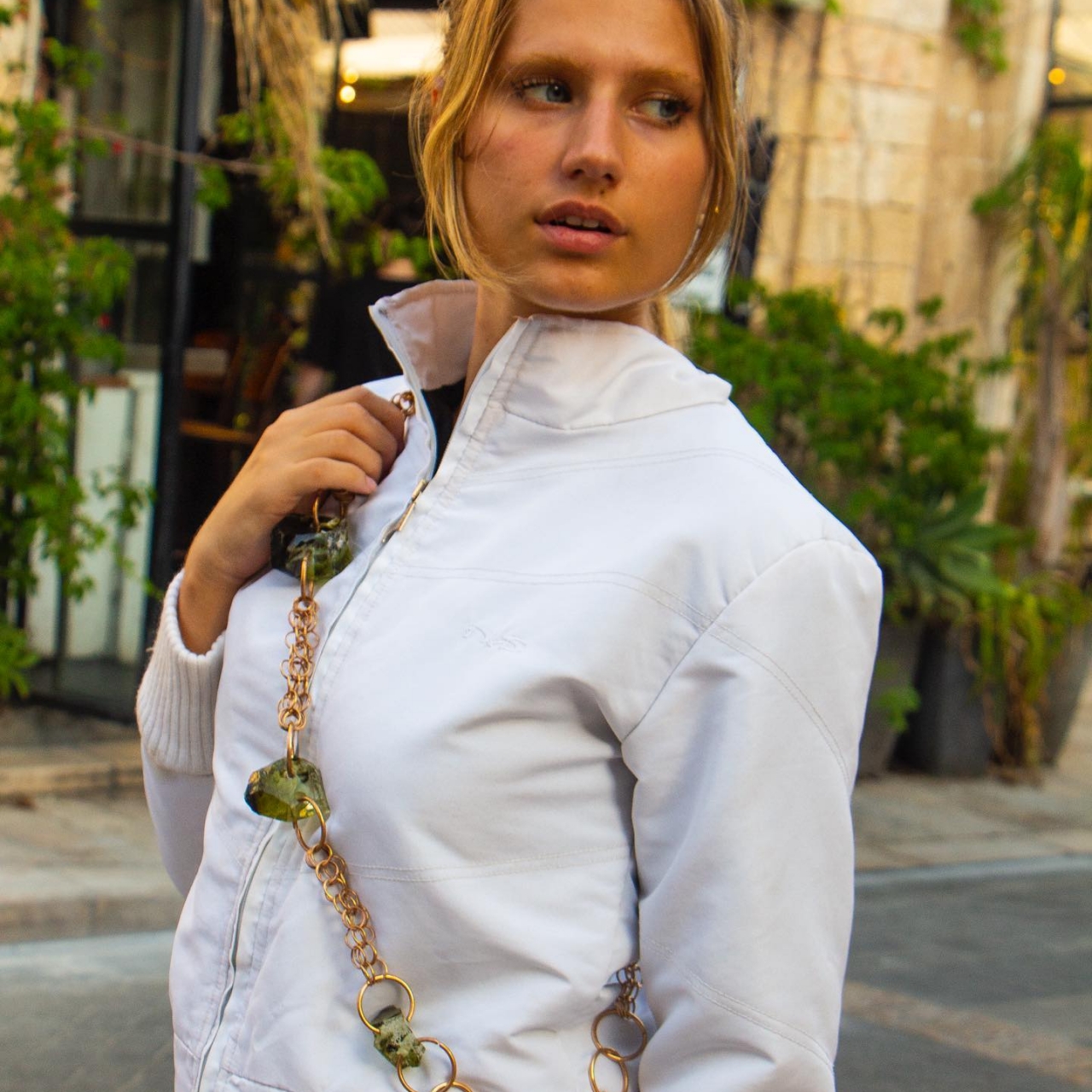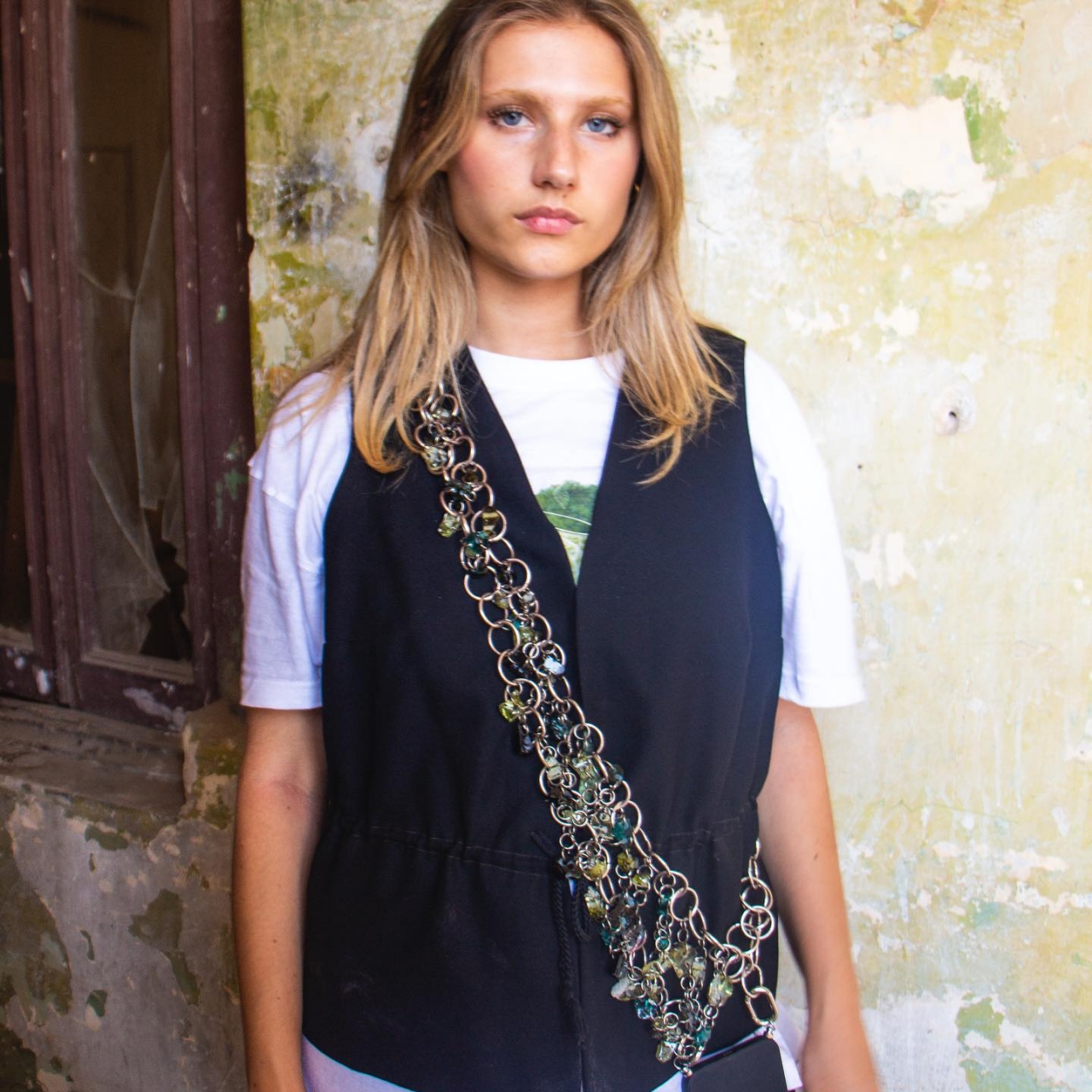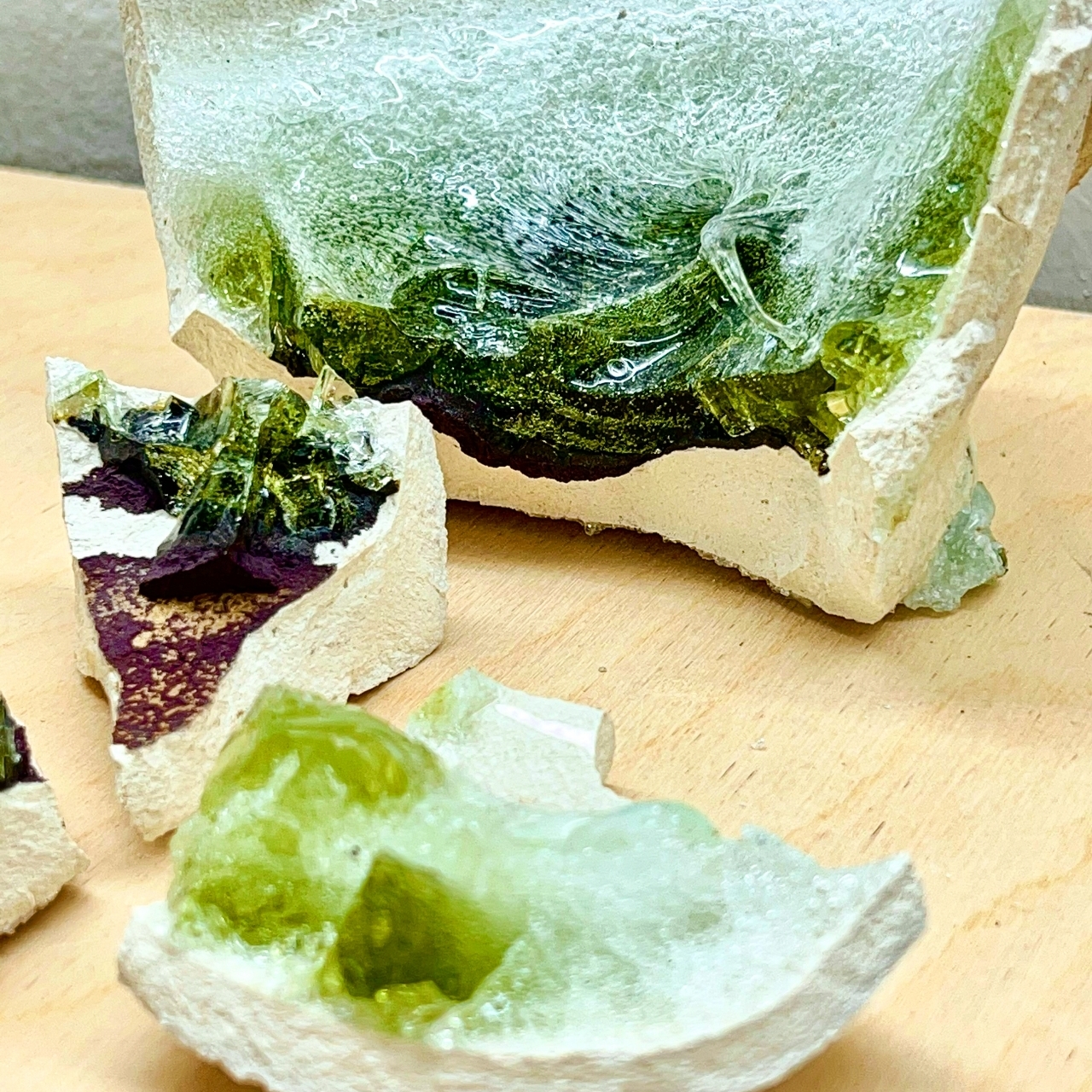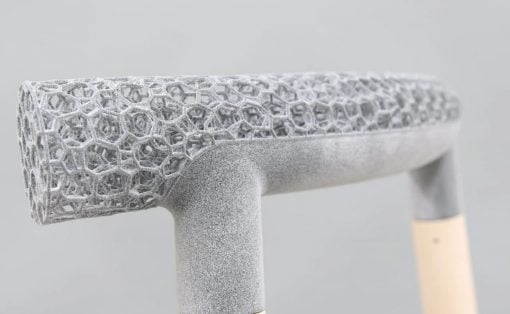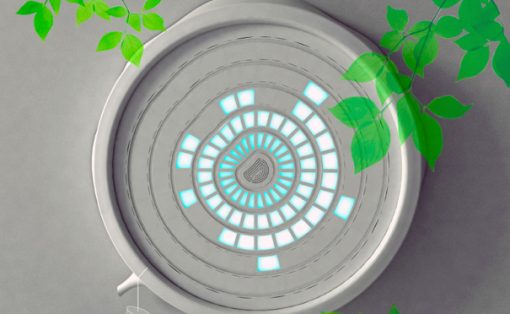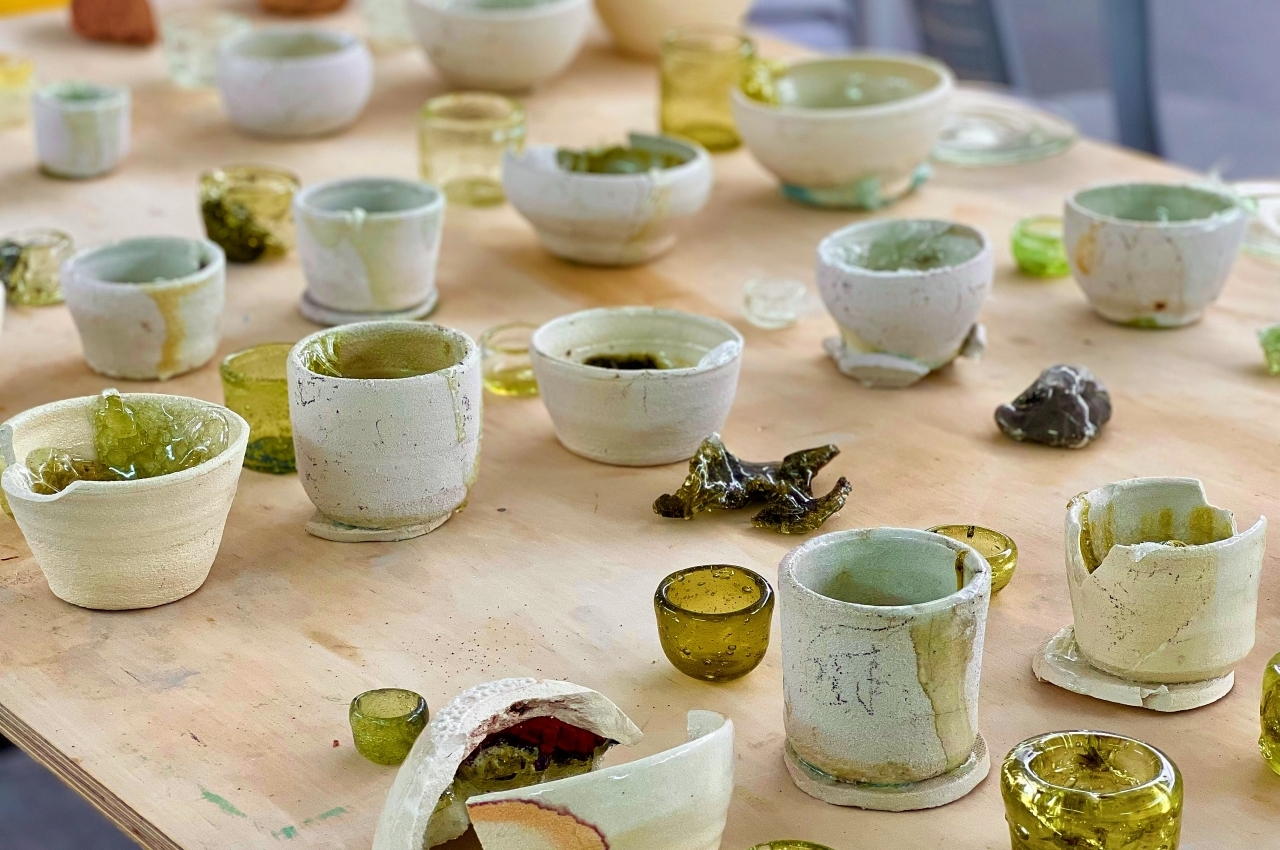
Just like with clothing, it’s also too easy to take for granted how glass-based products can actually be harmful to the environment in the long run. While glass itself is made from sustainable resources, the dyes used to give them vibrant colors are toxic to the environment. Even worse, colored glass can’t easily be recycled because of that mixture and because it’s nearly impossible to bring the material back to its natural transparent state. To make decorative glass truly sustainable, a new method of coloring glass needs to be developed, and one designer embarked on a journey of two years and hundreds of miles to come up with a solution that matches Haute Joaillerie in elegance but surpasses it in sustainability.
Designer: Salome Maarek
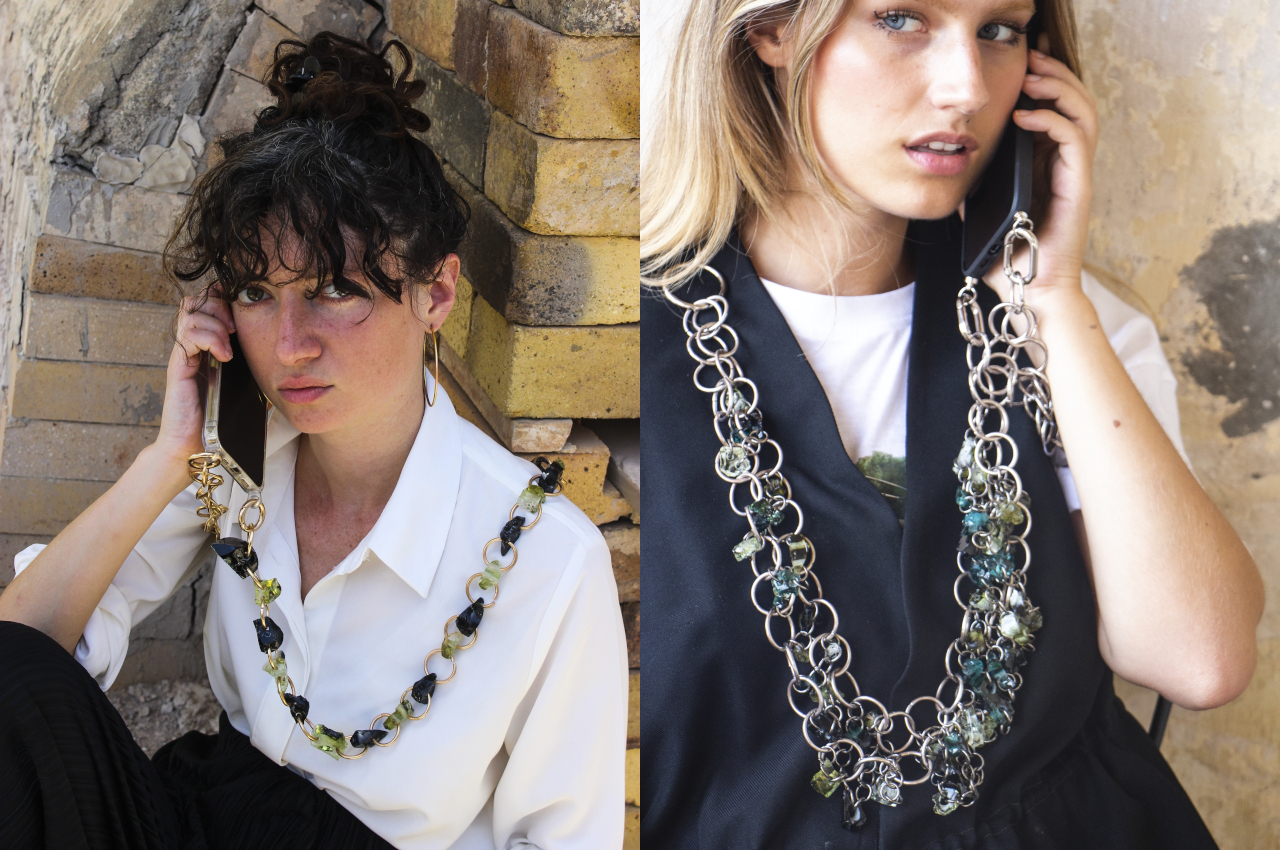
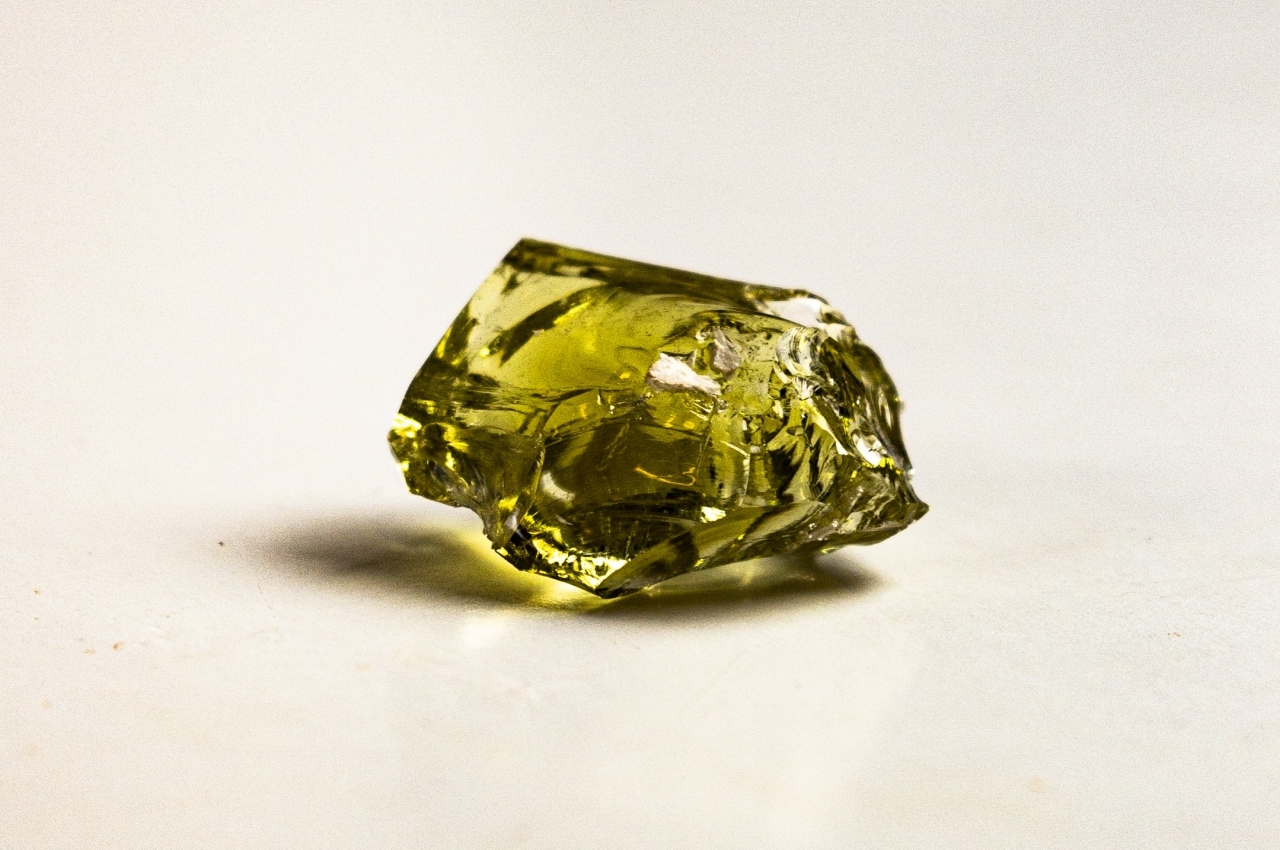
Glass is beautiful and useful in so many ways. It is used in furniture as functional parts of tables and shelves, and it is used in decorative pieces that require reflective or transparent surfaces and faceted forms. It can even be used in place of precious stones, and, of course, stained glass has been in use for centuries. As beautiful as it may be, colored glass apparently has a dirty secret. They are, unfortunately, toxic to the environment both in their production and disposal.
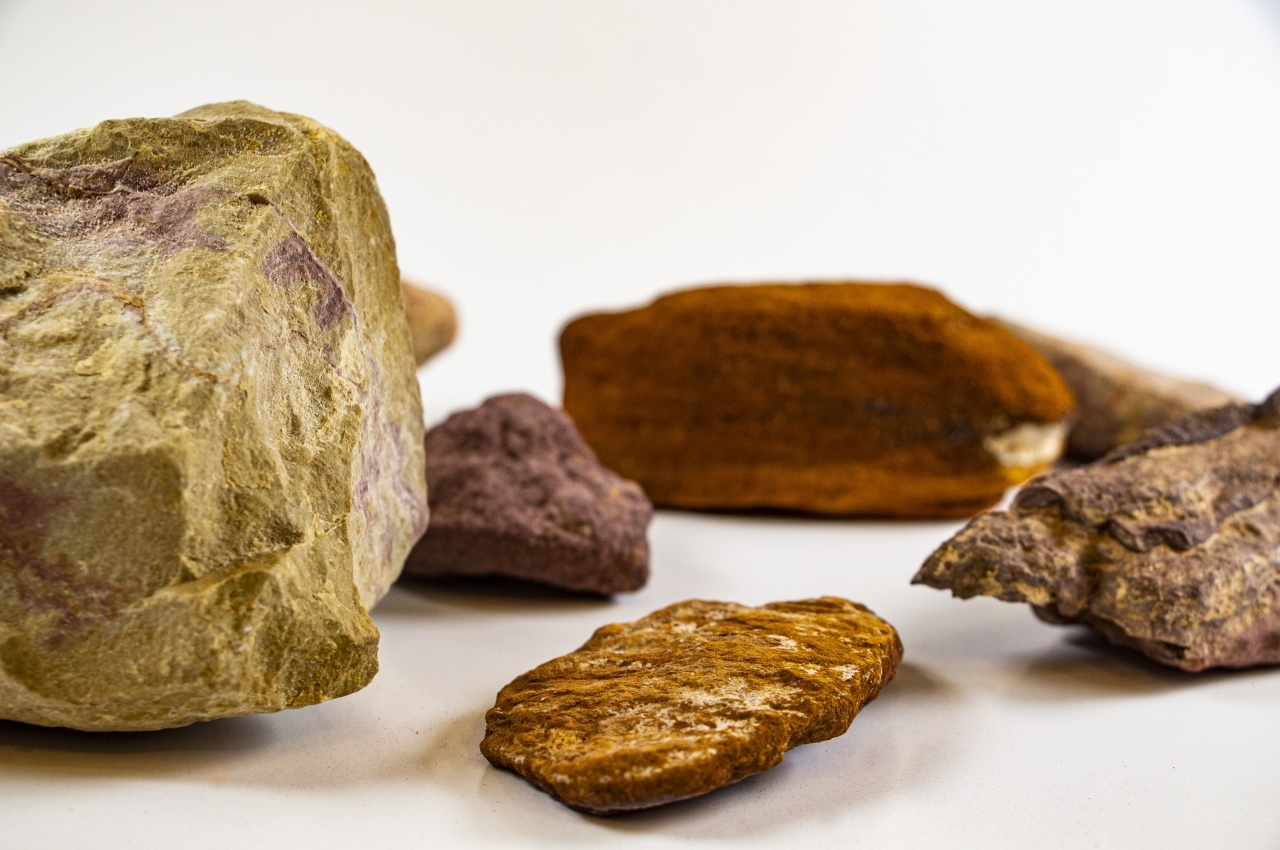

In searching for a better way to make beautiful glass, Jerusalem-based Salome Maarek looked to natural stones for the answer. The designer initially considered dyes from fruits and plants but realized that they had their own negative environmental impact as well. Stones, on the other hand, are in abundance, but Maarek didn’t just grab any stone. The stones are locally sourced, that is, they come from different regions in Israel. And to make the process environment-friendly from start to finish, the stones were gathered while journeying on foot or by bus.
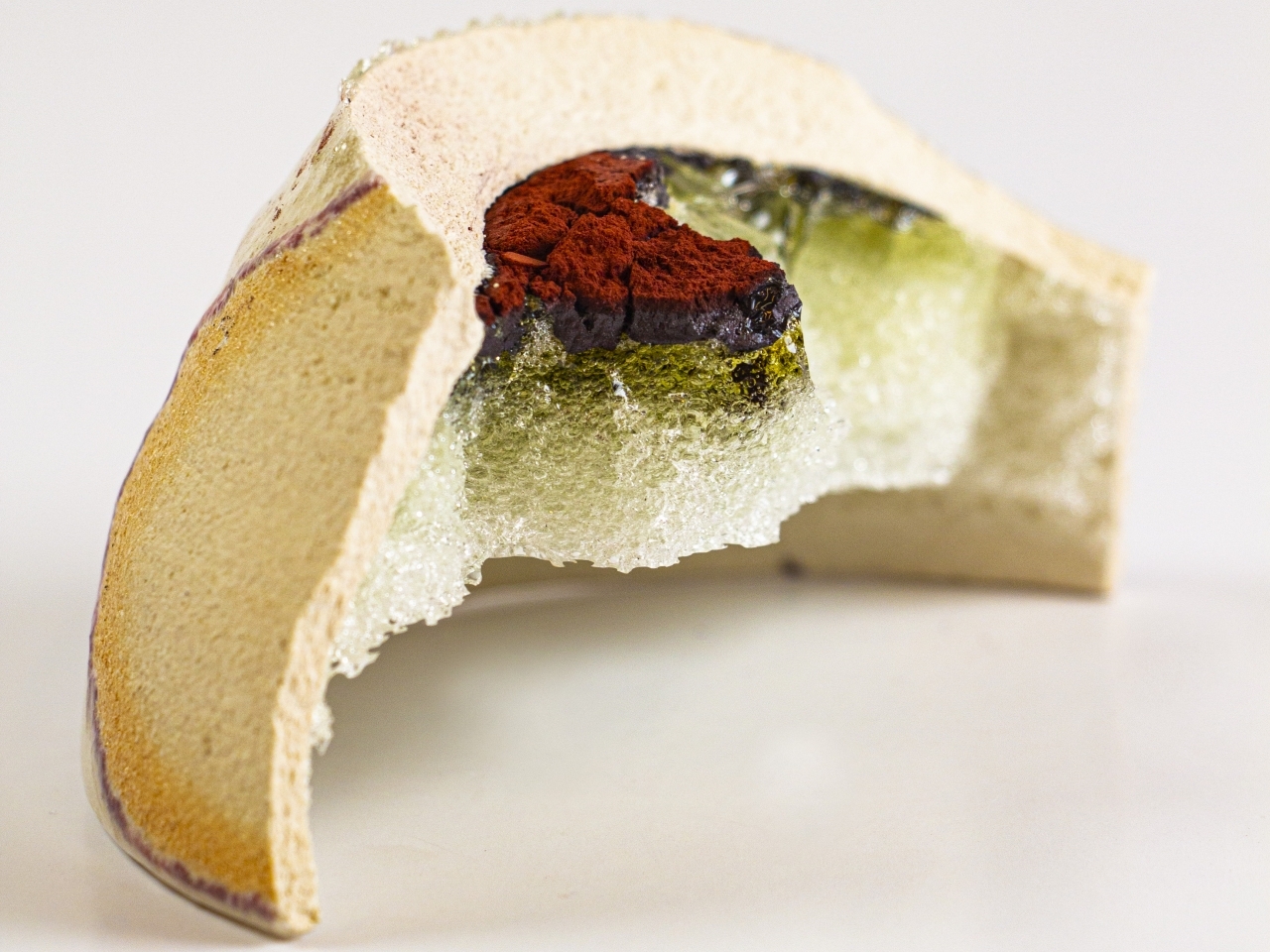

The glass itself is made from typical ingredients like silica, sodium bicarbonate, dolomite, and the like, while crushed stone powder is mixed in to act as natural dye. The stones themselves come in various forms like potash, copper, sand, and clay, and this variety has resulted in different colors and textures. So far, the process has yielded colors such as moldavite green, turquoise blue, indigolite, amber-orange, and tourmaline yellow, all without the use of harmful chemicals and materials.

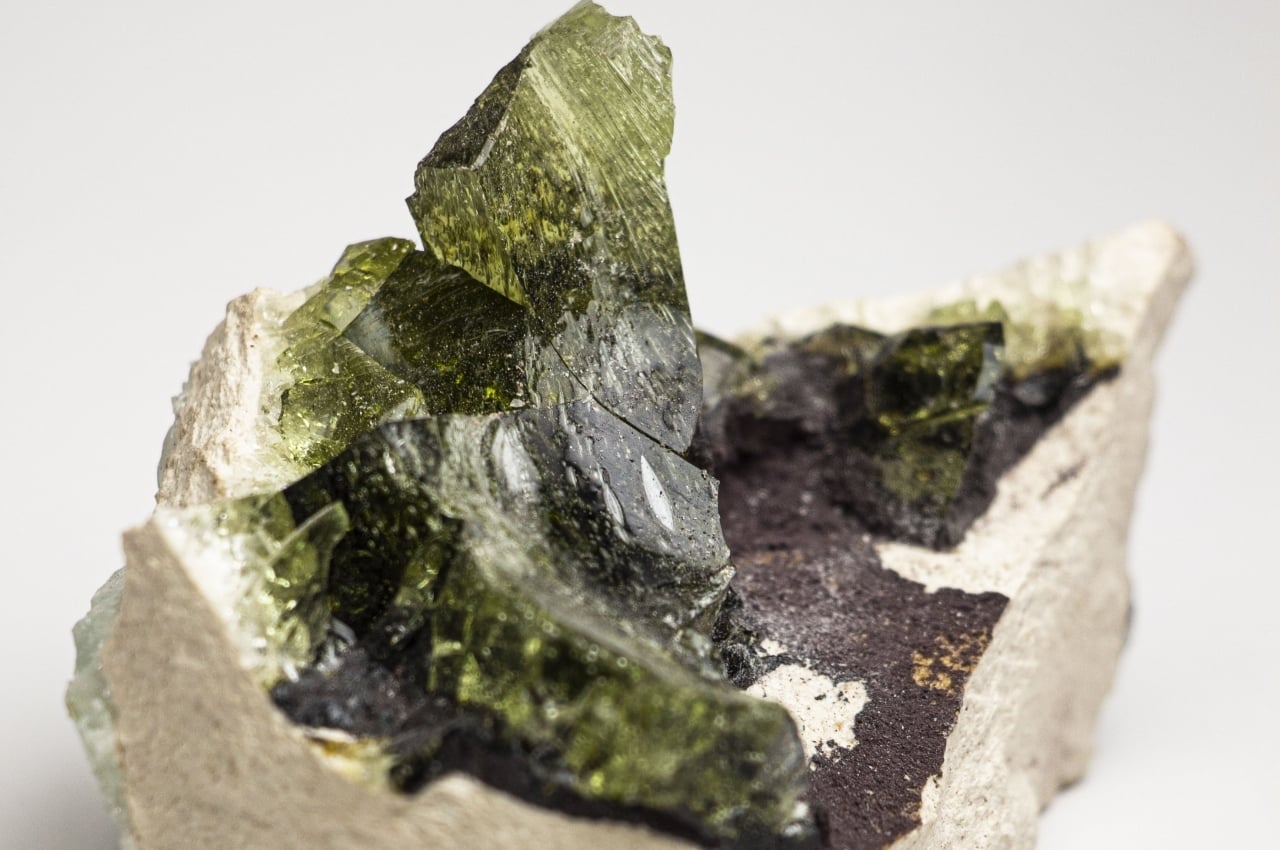
There are some considerations that make this sustainable way of making colored glass a bit more difficult than normal, harmful colored glass. For example, the glass was melted at only 1,200C for hours, which is a lower but more sustainable temperature. This meant that the glass had to be mold-blown rather than using a more common hand-blowing technique.
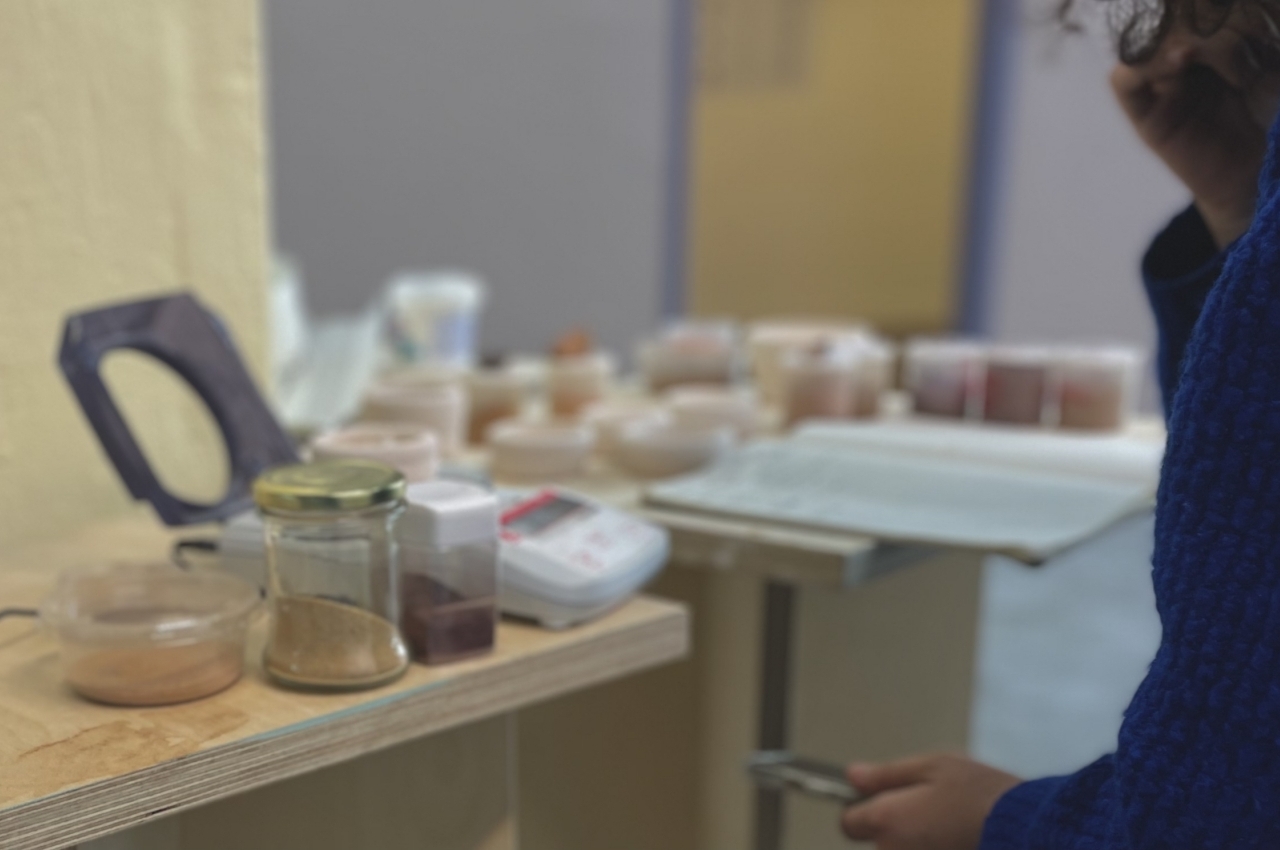
The result, however, is definitely worth all that work, with a beautiful piece of colored glass that can withstand pressure up to 5 tons. It can also survive temperature changes without cracking, unlike regular colored glass. And even if made with unconventional materials and methods, the result is glass that can be used as a more durable alternative to Haute Joaillerie, offering gorgeous pieces of gem-like glass that don’t show a single clue that they were colored using ordinary stone.
